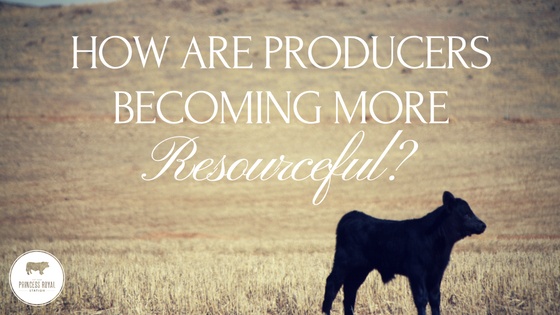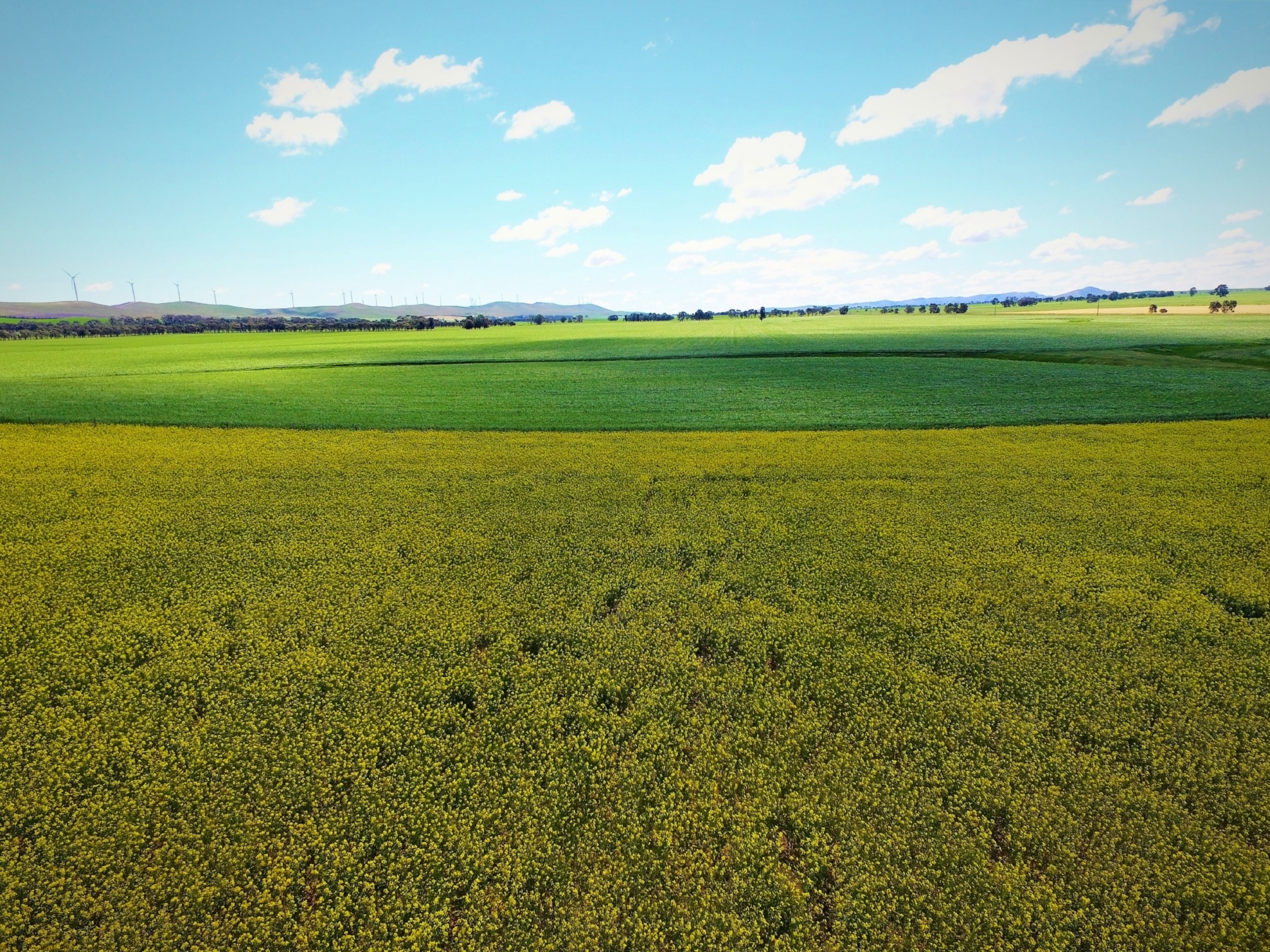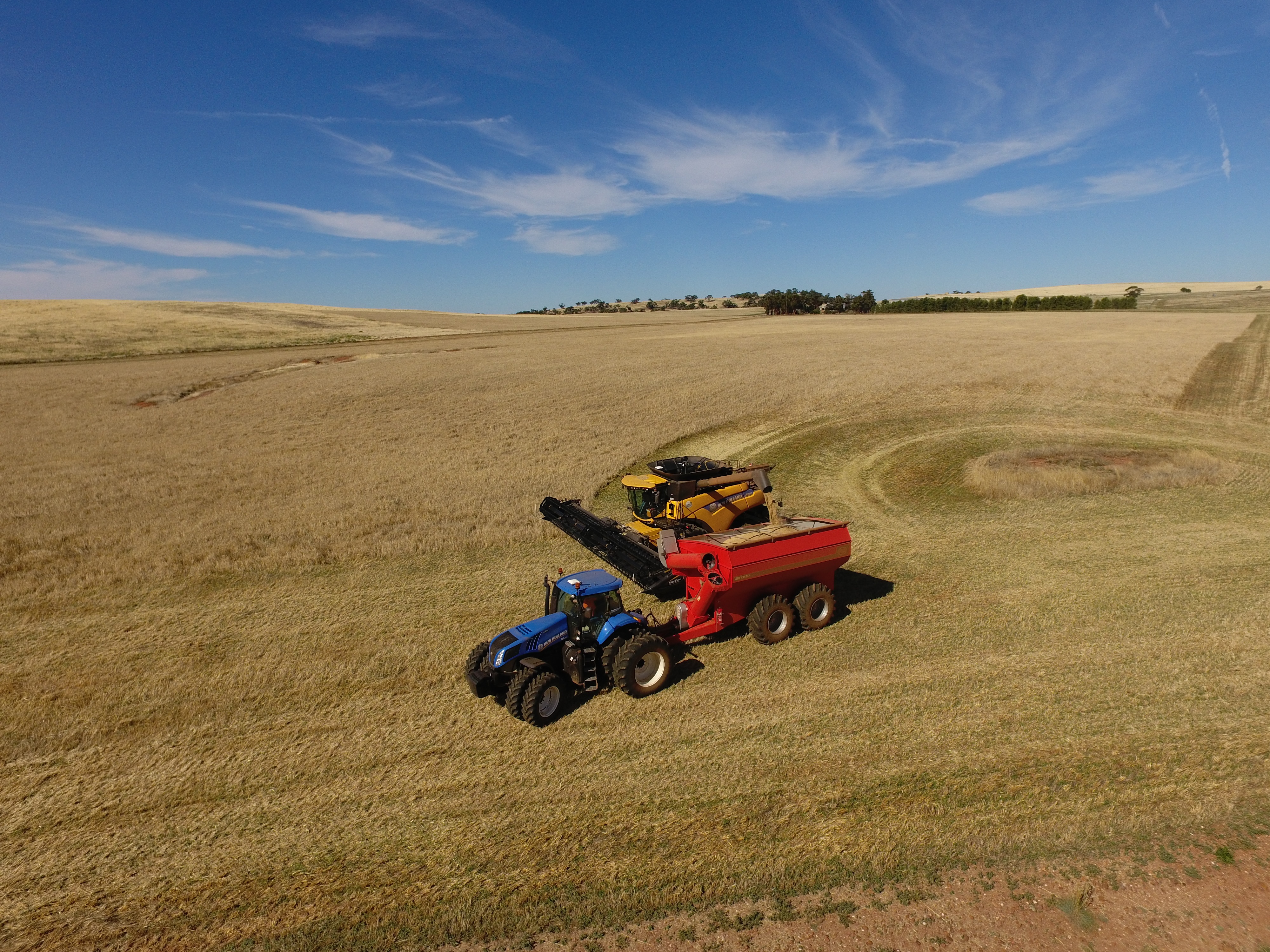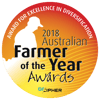
In one of our recent articles, why we need to do more with less, we explained that the global population's demand for food is estimated to grow by a third between 2009 and 2050, or by 2.3 billion people to a total of 9.1 billion people. (High-Level Expert Forum, 2009)
Much of this additional produce needs to be produced using less land, less water and using more sustainable methods.
Our Aussie farmers are also hit with some of the highest costs when compared to their international competitors. So, in order to stay competitive, our Australian producers work hard to implement more innovative, efficient and sustainable methods into their operations. But what are some of these methods and just how are our Aussie producers becoming more resourceful?
We have made a list of some of the ways that our Aussie producers are becoming more resourceful.
1. A switch to renewables:
Switching over to renewables can be an expensive ask for many producers, however, the evidence is mounted for renewables, particularly solar. Not only is this method of power generation more sustainable, but it is also a more cost-effective opportunity for the producer in the long run.
Adding solar to remote locations such as bores, can increase reliability and reduce diesel use.
2. Crop rotation
Utilising sustainable agricultural practices, producers can effectively plan cropping schedules to utilise the natural characteristics of their crops to improve soil health and reduce weeds.
Two dissimilar crops planted sequentially can aid the second's performance. For example, canola is known as a ‘cleaning crop’, meaning that it is a deep-rooted crop that helps to clear weeds. Crops such as peas, lupins and vetch help to add nitrogen to the soil to improve soil health.

3. Making the most of their water:
Water, a precious resource is vital to produce the food on our plates and so it needs to be used wisely. Utilising technology and monitoring software producers can monitor soil moisture levels and make more accurate irrigations.
4. Employing technology to reduce waste
Technology in agriculture is evolving with a focus on improving the efficiency of everyday operations. More reliable, easy to use and more affordable traceability, financial and monitoring software is hitting the market. This software saves the producer valuable time and resources. Technology in farming equipment is continually developing, allowing producers to reduce waste as much as possible.
Technology in feedlot feeding equipment to improves the reliability of data feedback about how livestock are performing. It also reduces waste and saves the producer valuable time and energy.
Drone technology has also been developed and is improving, particularly in monitoring crops, livestock and water points. To learn more check out our recent blog article 6 emerging technologies in agriculture.
5. Precision agriculture
Precision agriculture ties in with technology development well. Most of the new farming equipment employ some form of data collection and advanced applications. These are designed to collect data on grain data, soil health, topography and more. Some can monitor or make adjustments to calibrations on the farmer's behalf, making more accurate decisions.
Further, advancements in robotic farming equipment and automation is hitting the scene. Robots could be installed to manage weeds while fully automated machinery could be used to seed and harvest crops on the farmer's behalf.

6. Reducing waste
Recently we have seen a shift in consumer demand toward more sustainable preferences to reduce the amount that producers are forced to waste. Initiatives such as the “ugly vegetables” that utilise the imperfect produce that would normally go to waste are not on display and available to consumers in many greengrocers and supermarkets.
Further to this, value-adding initiatives that utilise produce that would otherwise go to waste. Soups, ready-made meals, animal fodder and many more are utilising this waste and turning it into a profitable alternative
Resources:
High-Level Expert Forum, 2009, 'How to Feed the World in 2050', Office of the Director, Agricultural Development Economics Division Economic and Social Development Department Viale delle Terme di Caracalla, 00153 Rome, Italy

